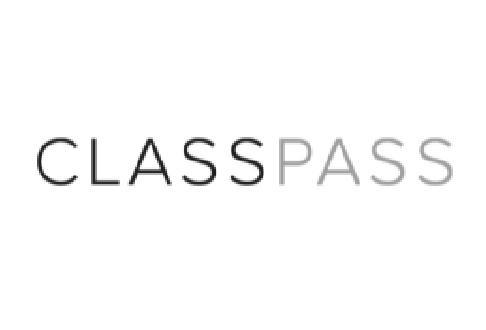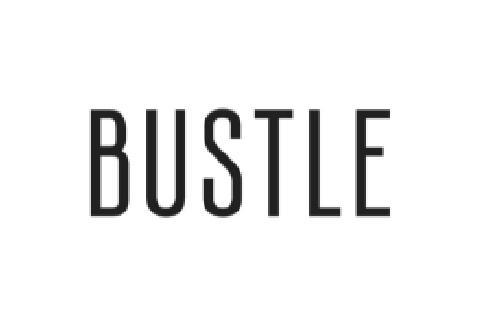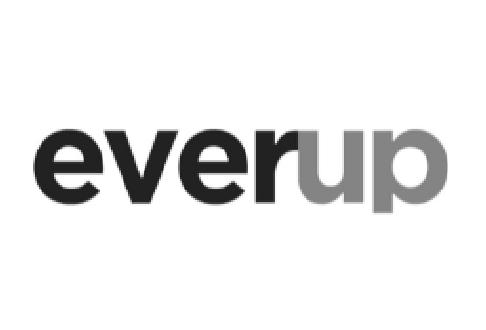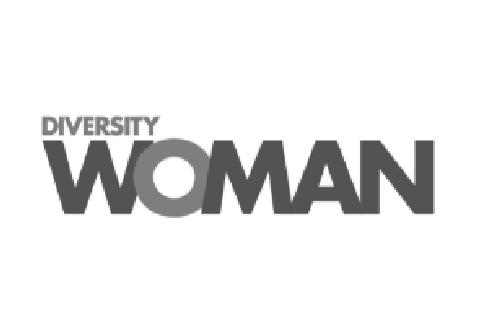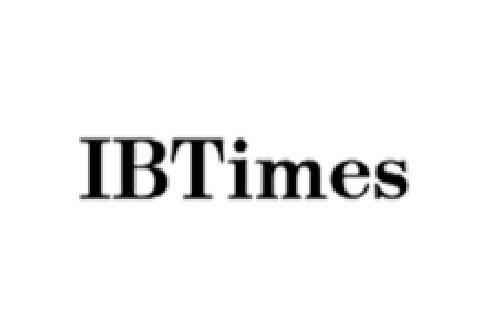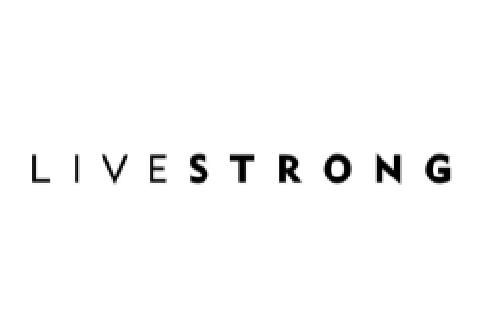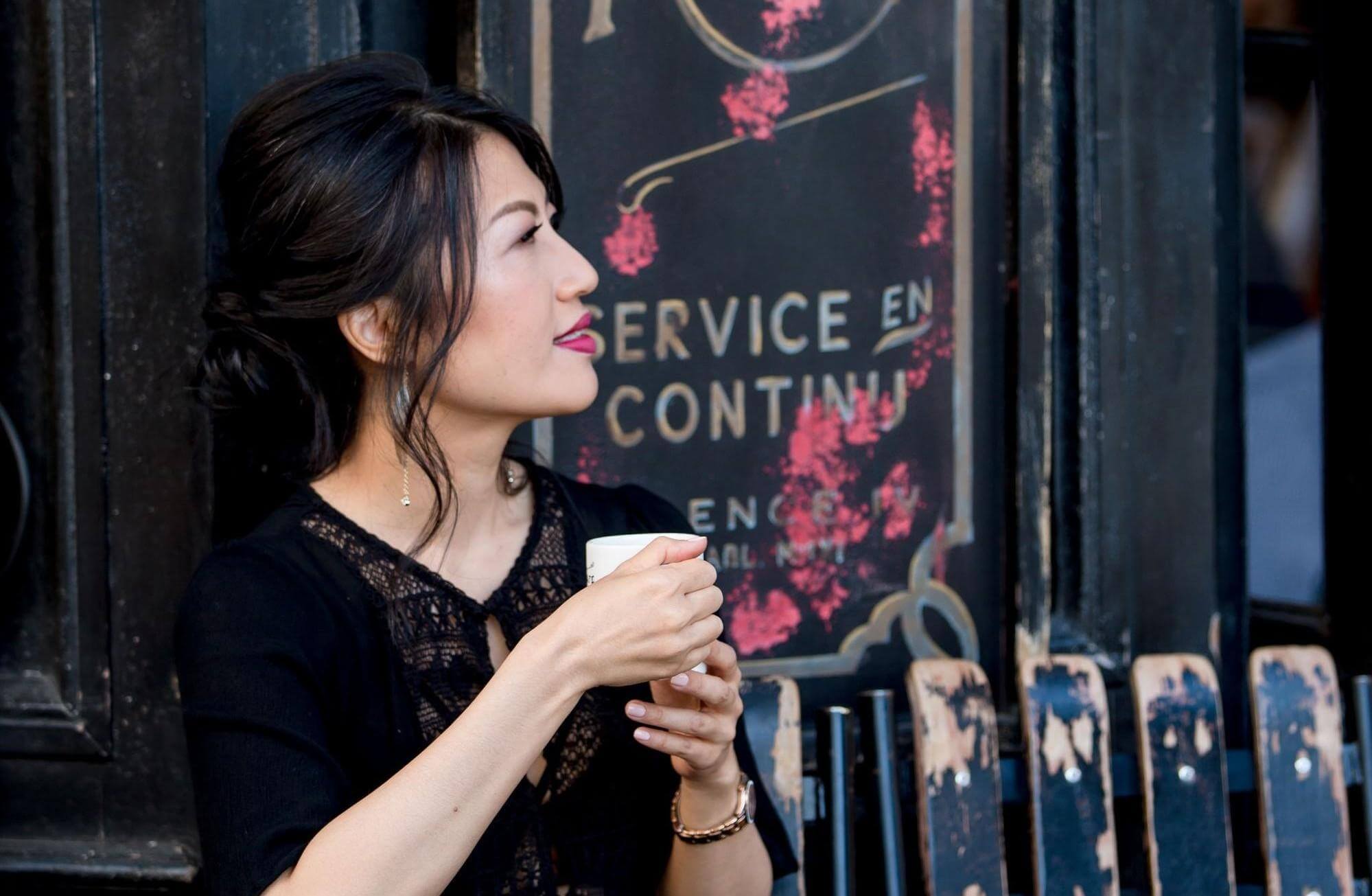First things first. Although the term ‘bias’ inevitably brings negative connotations, not all biases are inherently harmful or avoidable. However, this doesn’t mean that we shouldn’t explore how they impact our coach-client relationships and, if necessary, learn to overcome them.
Our unconscious biases could be impacting how we hear and interpret our clients’ ideas or actions. These positive or negative associations may distract us from the coaching process, affecting the goal setting process or interfering with the analysis of feedback.
What is unconscious bias?
Internal or unconscious bias functions as a shortcut based on a preconceived opinion. All humans are subject to this mechanism.
Life coaches are no different: We all experience these biases or stereotypes as we exposed to similar stressors to which our brain reacts a limited set of strategies. As coaches, we have to be vigilant so that preconceived beliefs do not associate with our clients and their progress.

Follow these 4 steps to explore and learn to work with your biases!
- Prepare for Your Coaching Sessions by Decluttering
Before your coaching session, practice a “retreat” to clean up these three spaces:
- Physically declutter your surrounding (you could use an aroma spray or incense to renew the space)
- Mentally declutter by centering yourself (take some deep breaths, practice a moment of silence, or note down your thoughts in a journal)
- Spiritually declutter (you could say a prayer, meditate for a few minutes, or practice a gratitude ritual)
This decluttering or renewal will help you leave behind any thoughts taking up space, whether personal or related to a previous coaching session.
Now you’ll be able to focus on your upcoming session with a fresh start: providing a space of compassion and non-judgment.
2. Create a Trusting Coaching Relationship
The coaching process relies heavily on creating an intersubjective space, meaning you are attuned to each other, exchanging perspectives, and creating a higher level of intimacy.
Within this intersubjective space, two partners (coach and client) can co-create new possibilities by…
- exchanging insights
- setting goals
- analyzing feedback
- structuring motivational maps
- and implementing an accountability process.
By finding this common ground with your clients, they will feel at ease expressing when they feel judged.

In addition, don’t forget to ask for feedback openly. By offering the client the opportunity to voice their opinion, the coach reduces the risk of pre-selecting steps where her or his unconscious bias could surface. Feedback from the client will give you the chance to reflect on such potentially harmful biases, should they arise.
For more tips on how to build strong coach-client relationships, read our blog post on 8 Coaching Behaviors that Build Strong Coach-Client Relationships!
3. Notice Negative Reactions or Stressors
Take a mental or physical note whenever you notice in yourself a mounting negative reaction or an imbalanced perspective towards a client. By coming back and reflecting on these reactions or stressors, you’ll be able to explore the origins of your biases.
Furthermore, by understanding these biases, you can go one step further and learn techniques to counteract them.
4. Finally, Remember that Complete Objectivism is Unachievable
Our mind isn’t capable of being entirely objective as it has been fashioned by our past. This wiring helps us understand new experiences and interactions by classifying them and shelving them into comfortably recognizable categories.
One common mechanism is the so-called the availability heuristic. This concept describes that we tend to use information appears fresh in the mind or was acquired recently. This shortcut may then affect the way in which we make decisions.
One way to counteract the availability heuristic is to periodically ask the client to prioritize issues to confirm whether you’re working on what matters most to the client. With this technique, you’ll avoid solely prioritizing topics that appear to us as the most salient or the most recent.
Recognizing your biases is an ongoing process.
Increasing our awareness of the biases that may interfere with the coaching process ensures that our client’s well-being and success always remain at the forefront. With curiosity, we can reflect on how these preconceived ideas impact our coaching relationships and, if needed, make changes by following the steps we’ve described above.
As coaches, we should be committed to ever-evolving and learning, and exploring our own bias is another way of doing precisely that.
We at New York Life Coaching Institute believe holistic life coaching leads the way. At NYLC, we are interested in the client as a whole person and approach their goals in an integrative manner. Our balanced approach helps cultivate resilience to embrace all that life has to offer, and we explore the frontier between their comfort zone and their true potential.
Have you ever wondered how to become a life coach?
Visit https://www.newyorklifecoach.inginstitute.com/intro to register for our FREE TRAINING to learn how you can get paid while serving others and making a difference!















